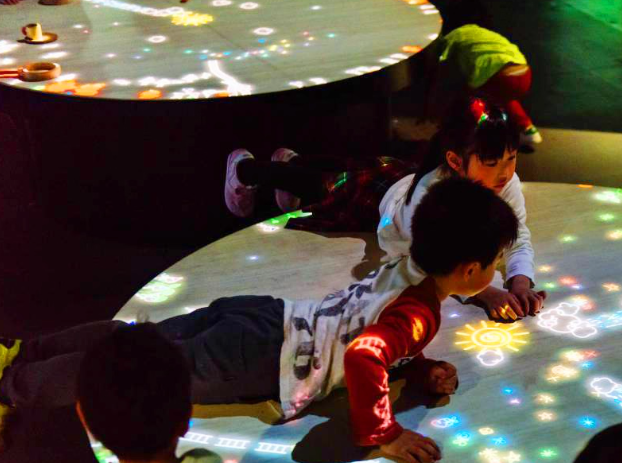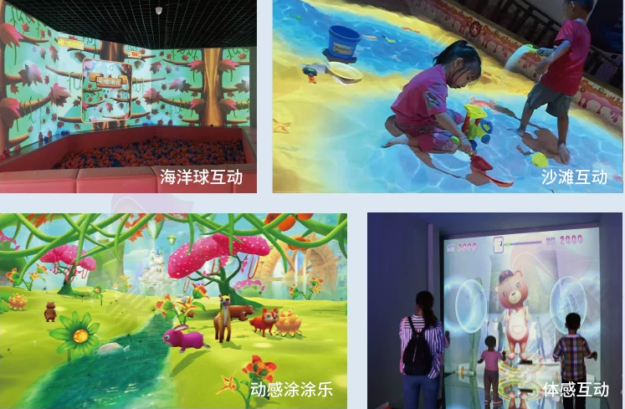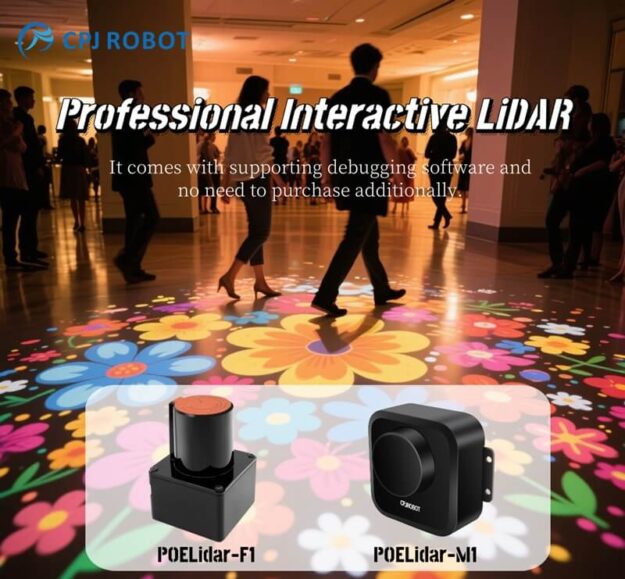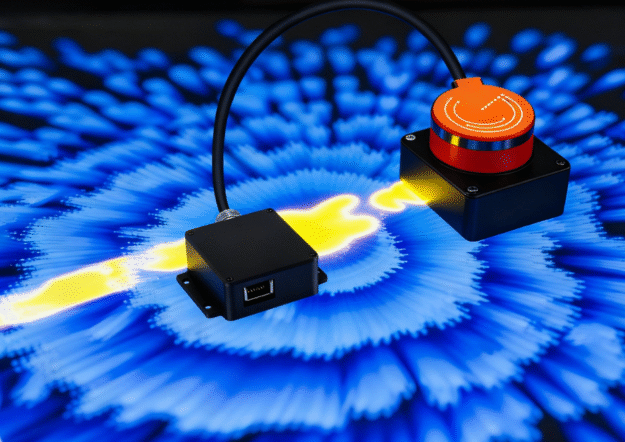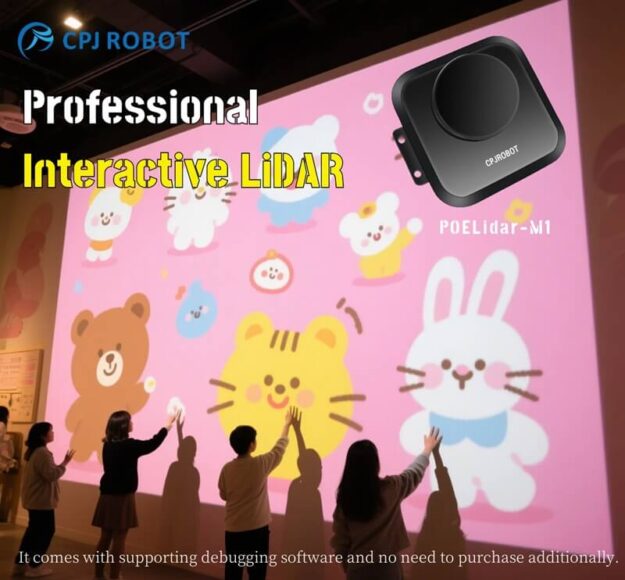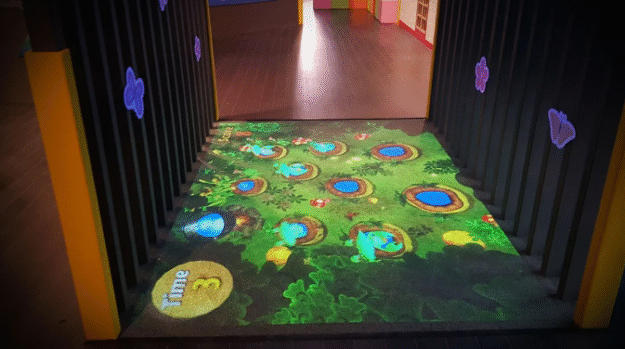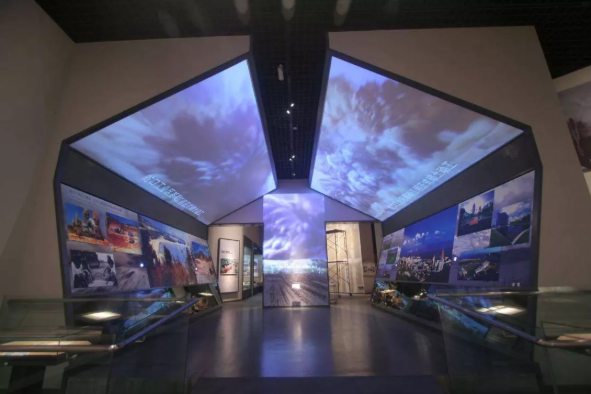Multi-Point Tracking Fusion in LiDAR Table Interaction
Understanding How Interactive LiDAR Table Projection Works Interactive l table projection transforms an ordinary table into a touch-enabled interactive surface using LiDAR sensing, real-time computation, and visual projection.Although installation positions vary, table, floor, and wall radar-interaction systems share the same technical foundation: sense → compute → display → resense. How the System Works 1. Environment…


